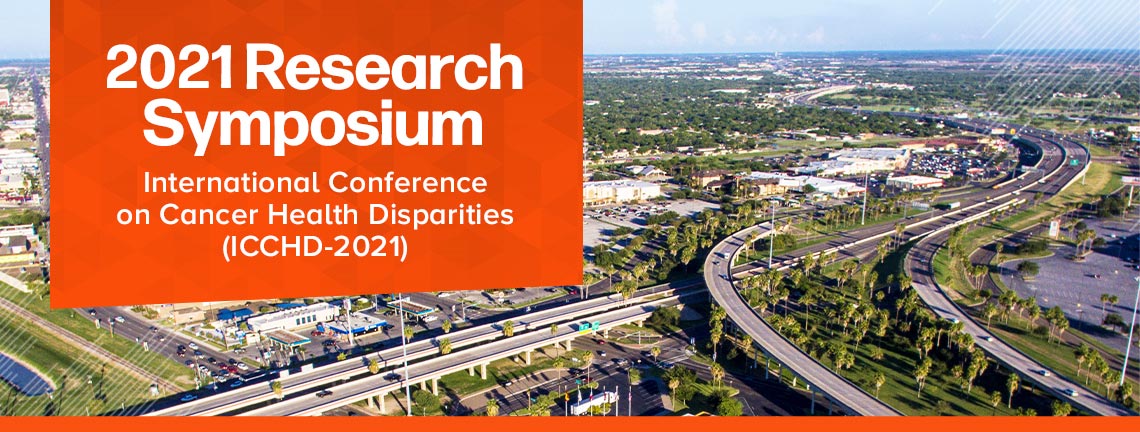
Talks
Presentation Type
Oral Presentation
Discipline Track
Biomedical Science
Abstract Type
Research/Clinical
Abstract
Background: Respiratory syncytial virus (RSV) is the major viral driver of a global pediatric respiratory disease burden disproportionately borne by the poor1. Thus, RSV, like SARS-CoV-2, combines with congenital and environmental and host-history-dependent factors to create a spectrum of disease with greatest severity most frequently occurring in those least able to procure treatment.
Methods: Here we apply whole genome sequencing and a suite of other molecular biological techniques to survey host-virus dynamics in infections of two distinct cell lines (HEp2 and A549) with four strains representative of known RSV genetic diversity.
Results: We observed non-gradient patterns of RSV gene expression and a single major difference in transcriptional readthrough correlating with a deep split in the RSV phylogenetic tree. We also observed increased viral replication in HEp2 cells along with a pro-inflammatory host-response; and decreased viral replication in A549 cells with a more potent antiviral response in host gene expression and levels of secreted cytokines.
Conclusions: Our findings suggest HEp2 and A549 cell lines can be used as complementary models of host response leading to more or less severe RSV disease. In vitro perturbations inspired by actual environmental and host-history-dependent factors associated with greater disease can be tested for their ability to shift the antiviral response of A549 cells to the more pro-inflammatory response of HEp2 cells. Such studies would help illuminate the tragic costs of poverty and suggest public health-level interventions to reduce the global disease burden from RSV and other respiratory viruses.
Recommended Citation
Rajan, Anubama; Piedra, Felipe-Andres; Aideyan, Letisha; McBride, Trevor; Robertson, Matthew; Johnson, Hannah L.; Aloisio, Gina Marie; Henke, David; Coarfa, Cristian; Stossi, Fabio; Menon, Vipin Kumar; Doddapaneni, Harshavardhan; Muzny, Donna Marie; Javornik Cregeen, Sara Joan; Hoffman, Kristi Louise; Petrosino, Joseph; Gibbs, Richard A.; Avadhanula, Vasanthi; and Piedra, Pedro A., "Multiple RSV strains infecting HEp-2 and A549 cells reveal cell line-dependent differences in resistance to RSV infection" (2023). Research Symposium. 33.
https://scholarworks.utrgv.edu/somrs/theme1/track1/33
Included in
Genomics Commons, Immunology and Infectious Disease Commons, Medicine and Health Sciences Commons, Virology Commons
Multiple RSV strains infecting HEp-2 and A549 cells reveal cell line-dependent differences in resistance to RSV infection
Background: Respiratory syncytial virus (RSV) is the major viral driver of a global pediatric respiratory disease burden disproportionately borne by the poor1. Thus, RSV, like SARS-CoV-2, combines with congenital and environmental and host-history-dependent factors to create a spectrum of disease with greatest severity most frequently occurring in those least able to procure treatment.
Methods: Here we apply whole genome sequencing and a suite of other molecular biological techniques to survey host-virus dynamics in infections of two distinct cell lines (HEp2 and A549) with four strains representative of known RSV genetic diversity.
Results: We observed non-gradient patterns of RSV gene expression and a single major difference in transcriptional readthrough correlating with a deep split in the RSV phylogenetic tree. We also observed increased viral replication in HEp2 cells along with a pro-inflammatory host-response; and decreased viral replication in A549 cells with a more potent antiviral response in host gene expression and levels of secreted cytokines.
Conclusions: Our findings suggest HEp2 and A549 cell lines can be used as complementary models of host response leading to more or less severe RSV disease. In vitro perturbations inspired by actual environmental and host-history-dependent factors associated with greater disease can be tested for their ability to shift the antiviral response of A549 cells to the more pro-inflammatory response of HEp2 cells. Such studies would help illuminate the tragic costs of poverty and suggest public health-level interventions to reduce the global disease burden from RSV and other respiratory viruses.

